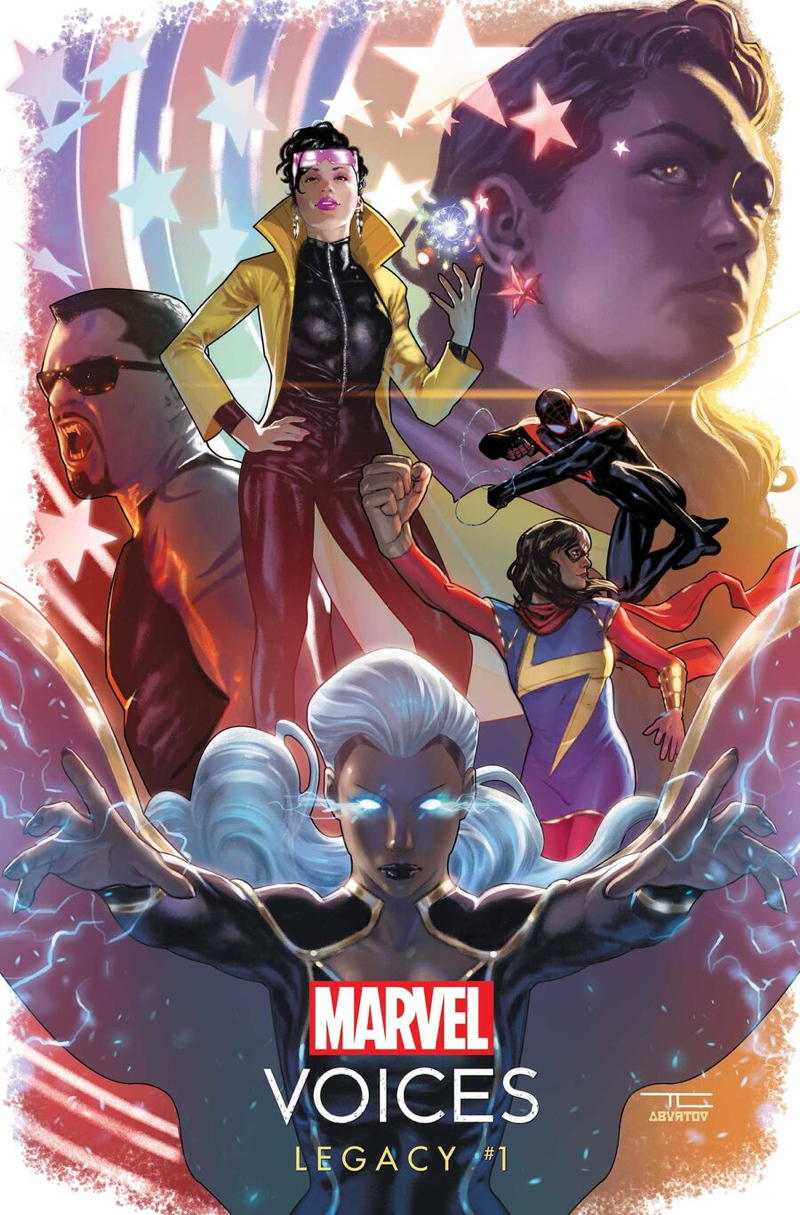
§ Everyone’s been talking about Abraham Riesman’s Stan Lee bio, and not everyone has been complimentary. Roy Thomas, known in the bullpen as “Roy the Boy,” was there for a lot of history. He’s pushed back on some of the claims in the book, in an essay for THR that will be expanded for Thomas’s own Alter Ego magazine. A sample on a controversial Fantastic Four origin:
The “significant reason to suspect the synopsis was written after Stan and Kirby spoke” in person about the FF concept? (1) A one-time teenage assistant of Kirby’s, who only went to work for him circa 1979, says that Jack “told me that it was written way after FF #1 was published. I believe him.” Fine. The guy believes his old boss. But that doesn’t necessarily mean we should. Oh, and (2) Kirby is quoted as once saying of that synopsis: “I’ve never seen it, and of course I would say it’s an outright lie.” So on this occasion Stan Lee is apparently lying by coming up with that synopsis — but Jack Kirby, who Riesman points out told a whopper or three himself, isn’t lying when he says he never saw it? Or, giving both men the benefit of a doubt, couldn’t it be that Jack, after several decades, had simply forgotten it?
Okay — so Stan Lee personally handed this two-page document to me, as his editorial assistant, sometime in the latter half of the 1960s, only a few years after FF No. 1, at a time when virtually nobody, except I myself once in a while, was asking him how the Marvel Age of Comics had started, and when there’d not yet been any public or private disputes between Lee and Kirby about the creation of the Fantastic Four or any other Marvel heroes…
Will the matter of Stan and Jack ever be settled? Not really. Maybe we should just enjoy the comics…
§ PLUG: The Beat’s own George Carmona 3 has contributed to The Access Guide to the Black Comic Book Community 2020-2021, a kind of new “Green Book” for the comics industry. Retailer Dimitrios Fragiskatos and editor Joe Illidge also worked on the book.
Carmona echoed that sentiment. “The Access Guide is a new guiding light for comic readers. I want readers to think of themselves as explorers. I want [subsequent editions] to go from that north star starting point to using a compass, and finally GPS,” he said. Fragiskatos emphasizes that the Guide does not make judgments about the extent or nature of the participants’ efforts at inclusion. “We present the information they provided to us and let the readers come to their own conclusion,” he says. All told, the Access Guide paints a picture of an industry that is, belatedly, making strides towards greater equity and inclusion. There is a dizzying array of content from BIPOC creators, ranging from mass market best-sellers like Jerry Craft’s New Kid and Class Act aimed at teens, to imaginative Afrofuturist science fiction and fantasy, to top superheroes like Black Panther and Captain America being written by prestigious African-American writers like Ta-Nehisi Coates. BIPOC representation at all levels of the industry is increasing, including several top executives and editors.
§ ICV2’s occasional series on business advice turns to retailer Katie Pryde of Books With Pictures:
THE GOOD VISION-BOARD YOURSELF When you give yourself the freedom to entertain any possibility, you can find a great one. Pryde asked herself what kind of job would make her happiest. “I sat down with myself and made a list of the attributes of the job I wanted,” she says. “With the background I had, certainly, I could have got one of my clients to hire me fuIl-time, but knew I wasn’t interested in working in tech any longer. So I made a long list: I wanted to work with people face-to-face. I want to feel like I’m doing something good for my community. I want to feel like there’s something different to do every day. And I thought about the bookstore job I had in high school, and how much I loved being part of the community that the bookstore was.”
§ ICV2 also has this crazy story about how collectibles pickers are tracking deliveries to stores:
With chain store shelves stripped of the Pokemon TCG, other key TCG products, and hot sports cards releases, the closet industry of scouring chains for products that can be flipped online is reaching unprecedented proportions. For years, chain store pickers have attempted to time their visits to chain stores to hit them as soon as possible after shelves are stocked or restocked, relying on a study of the patterns of past deliveries to plan their shopping expeditions. But now a new dimension has been added: high-tech tracking. A merchandiser for Excell Marketing, the category manager for collectibles for Target and other chains, recently found a tracking tile that had fallen off their vehicle, according to a source close to the situation. The tracking tile was presumably put there so chain store pickers would know when new stock was delivered to the store so they could visit immediately afterward and clean the shelves of hot products.
§ Also everyone is telling me about digital trading cards this week and I can’t even.
§ On the other hand, this Iceberger game will soothe you.
§ The Falcon and the Winter Soldier is coming and you will be hearing a lot about showrunner Malcolm Spellman:
Malcolm Spellman is a name you’ll see over and over in 2021. The multitalented producer and writer is marking his Hollywood territory with a deluge of high profile projects due out this year. They include Hip Hop Uncovered, a six-part docuseries (currently airing Fridays on FX) that explores the untold story of how America’s streets influenced hip hop culture; Season 2 of the Apple TV crime drama Truth Be Told (arriving in late 2021); and Disney+’s anticipated Captain America spinoff series The Falcon and the Winter Soldier, starring Anthony Mackie and Sebastian Stan and set to premiere Friday, March 19. Spellman’s packed calendar is a stark contrast to the first decade-and-a-half of his career, in which the Bay Area native struggled to find work amid rampant racial bias throughout the entertainment industry. “For the first 15 years of my career, I couldn’t mount consistent work,” Spellman tells TVLine. “Executives would say out loud, ‘You can’t have a Black lead in this project because it won’t sell overseas.’”
§ Here’s a nice story about comics creators using art supplies owned by their heroes:
But there’s a deeper rush to be had, for a few. Maybe you can use the exact same supplies legendary EC and Marvel Comics artist Marie Severin used, or even (someday!) sit at Joe Kubert’s drafting table. Colleen Doran feels the rush. The creator of A Distant Soil and recent Bram Stoker Award winner for her work on Snow, Glass, Apples, creates with the tools used by Marie Severin. She lucked into the supplies when Severin retired in the early ’00s. “Marie was getting older, and decided she would be better off living in a senior facility,” Doran recalls. “She ended up getting a really nice place, but it was a downsize in space. All of her things couldn’t go in there.”
§ It was J’onn J’onzz all along: despite fun, fevered internet speculation about the cameo in the Justice League, it’s just Harry Lennix as Martian Manhunter as previously announced:
In recent weeks, Lennix even talked to Variety to reveal that he filmed motion capture for Snyder’s Justice League. “[I got a call from Zack that said] “Hey, when can you come in and shoot?” So that was great,” Lennix told the trade. “I found out that it was a possibility, or at least that Martian Manhunter was going to be in it, when he revealed through the storyboard that Martha Kent is coming by visiting Lois, and then after she leaves, she reveals herself to be, in fact, Calvin Swanwick, or the Martian Manhunter. That’s how I knew about it.” The actor is referring to storyboards Snyder revealed back in October 2019 of the scene in with Martian Manhunter reveals himself. Snyder had previously shot half of the scene but just needed the Lennix part. It seems possible that’s the scene in question here. So if all of this was already out there in the universe, why was it referred to as something that “will blow hard-core fans’ minds?” As far as we can tell, Vanity Fair was just being spoiler averse for a readership that isn’t up on all the latest superhero news. But we can confirm the reference is in regards to Martian Manhunter’s appearance.
§ Artist Darick Robertson is very happy to be working on Batman at long last – congrats!
I just want to say for the dreamers out there, it took me 36 years, but I never gave up and now a dream is coming true. Don’t let other people tell you what you can’t achieve. Be humble, be real, but work! https://t.co/3vaIM8qB4z pic.twitter.com/17ISXxuHBZ
— Darick (@DarickR) February 25, 2021
§ Finally, I guess it was Twin Peaks Day, and that inspired Kyle MacLachlan to go on TikTok and that’s where we’re at.


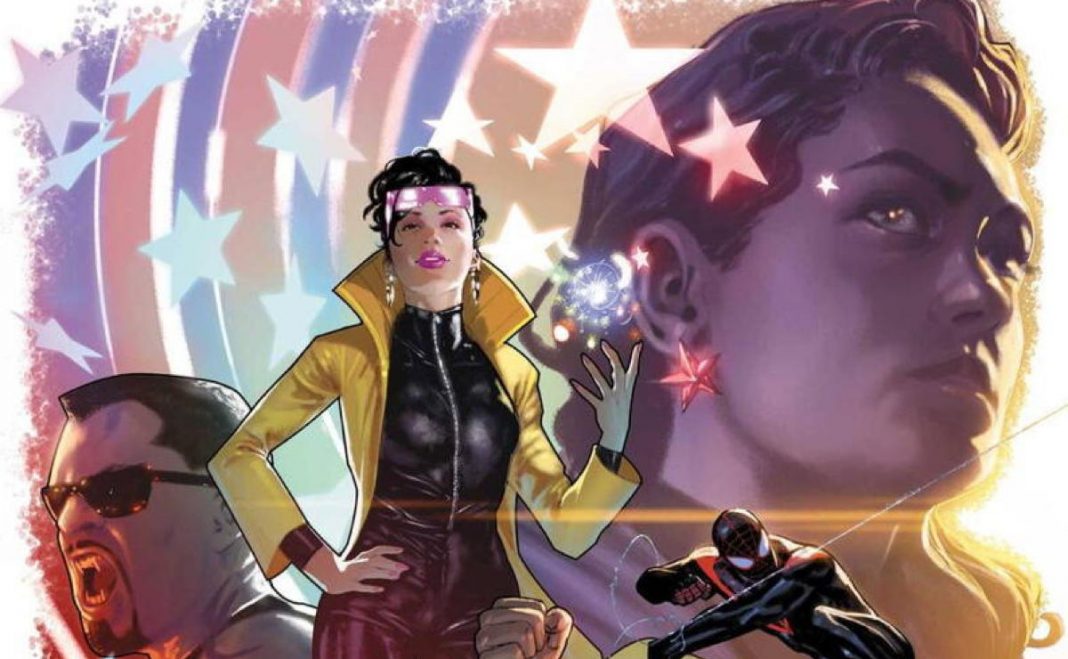
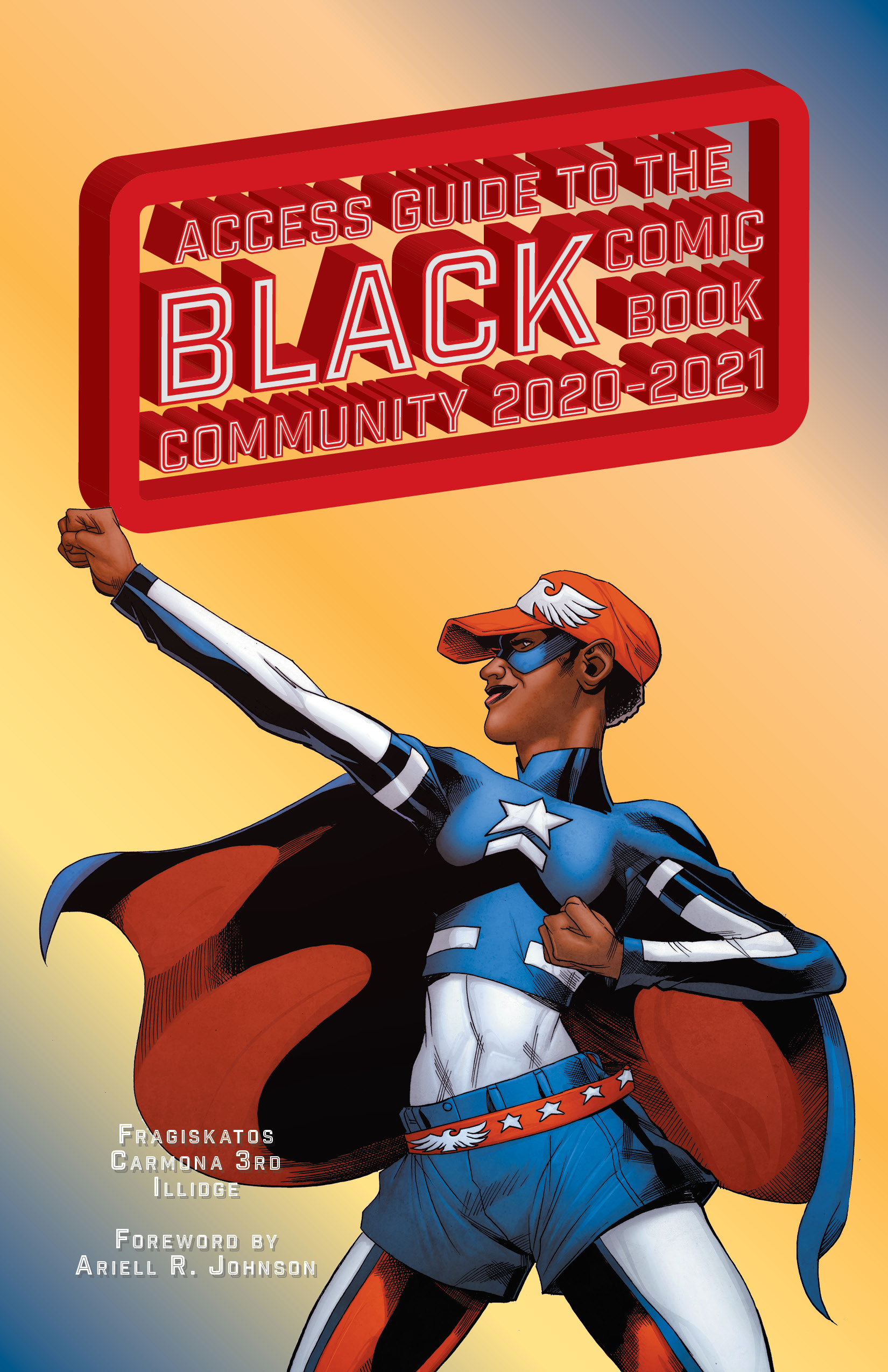
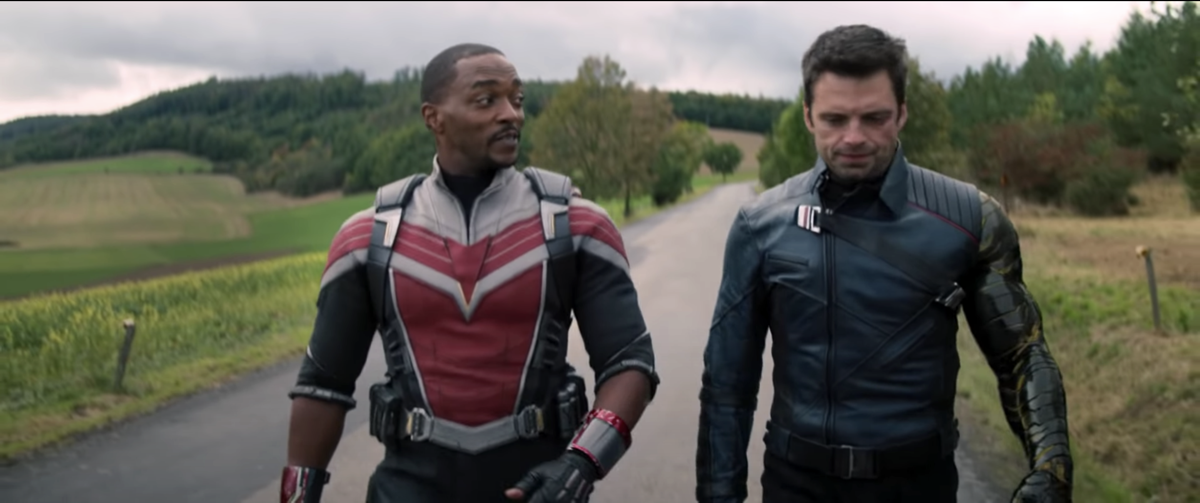

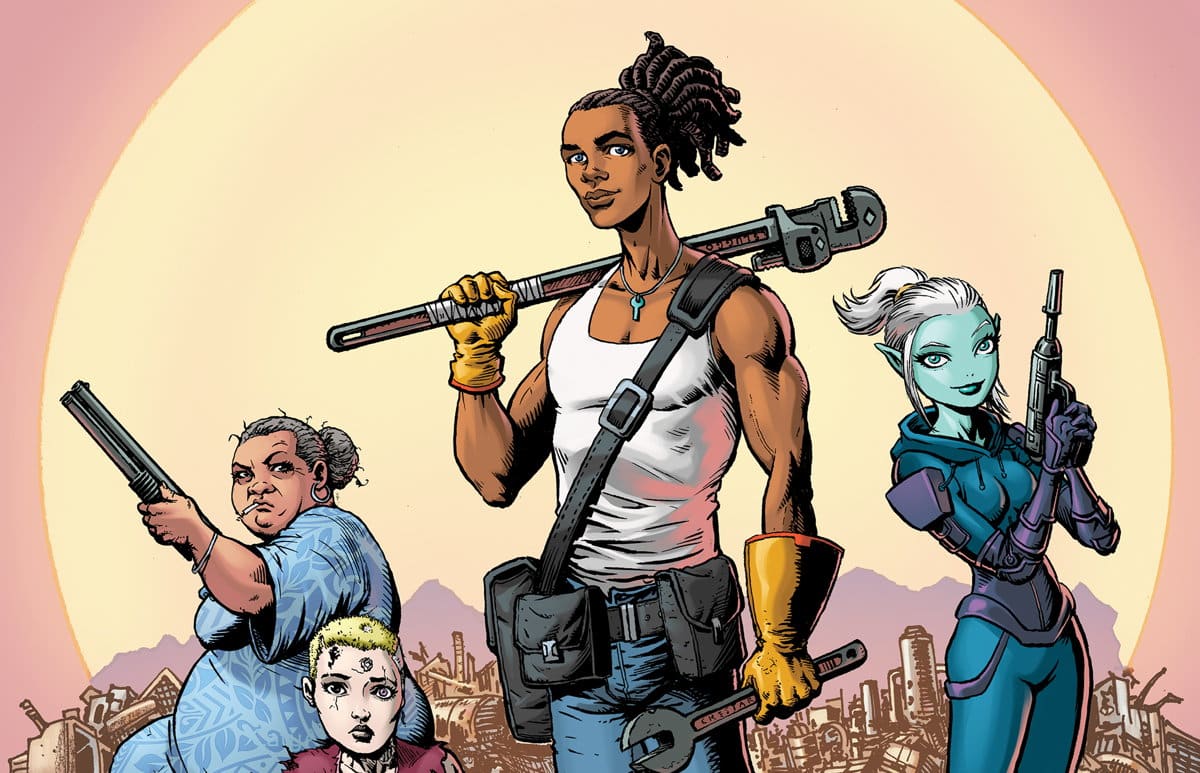
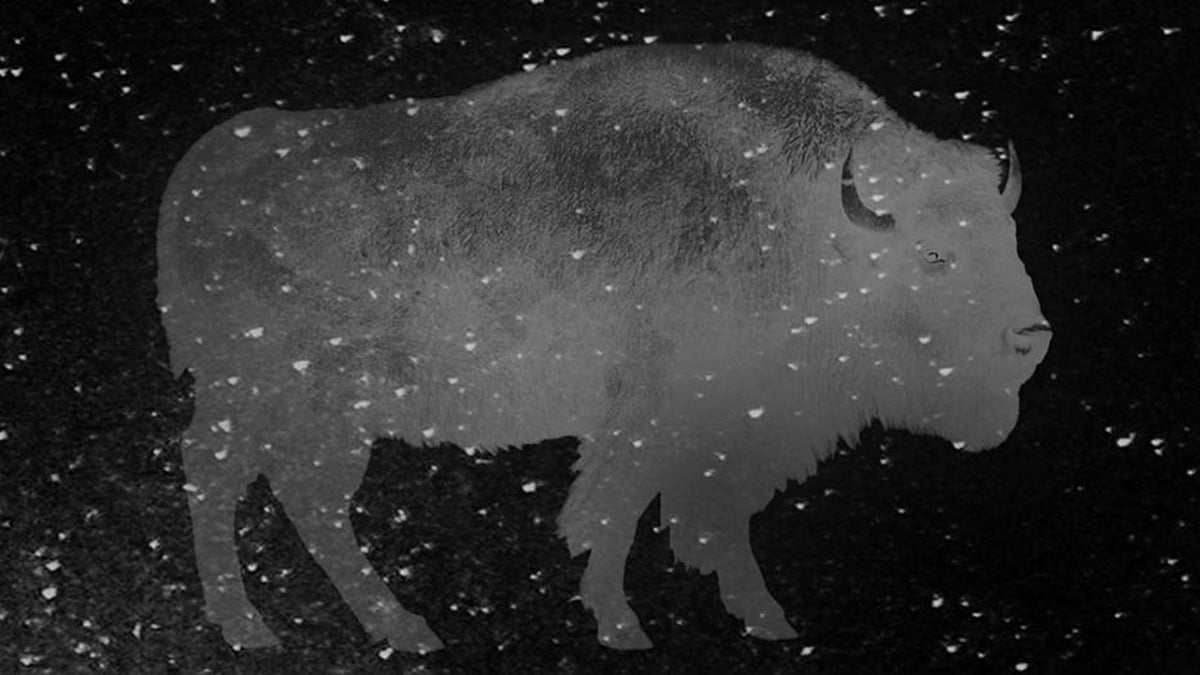



I’m just grateful that thanks in part to Roy Thomas, comics fans (and comics pros) are not thinking about what Stan Lee’s relationship with his family means to his creative work, his relationship with his wife and daughter and how that affected the women he wrote, his hatred of his father, how Lee lied all the time and tried to make an epic story of his life in which he was destined for greatness, how the only thing of note he did in the last 30+ years of his life was Striperella (for which he wrote a sentence description), how little he really thought of artists (which Thomas mentions as an aside), what Lee’s treatment of Wally Wood in particular says about him, that others say that Lee has a storage unit filled with old Marvel art and how exactly he got it, what it means that Lee spent decades working and socializing with criminals and con artists, what it means that Stan Lee Media and POW! were filled with illegal activity and many of the people went to jail. How Lee spent his final years hustling conventions and trying to make cash to keep his wife and daughter and himself in their expensive lifestyle. Or just spend time thinking about Larry Lieber, who is the most sympathetic character in the whole book and who I felt truly sorry for
Instead of thinking about that, we can scream about who gets enough credit for creating the Fantastic Four. Thank god!
For the record, I think Riesman’s book is one of the best books ever written about comics. But he comes down too hard on Lee in the who created what in FF section (which is literally a shorter section of the book than Thomas’ essay is). But if I had to sift through Lee’s constant lies for years in writing this book, I would probably be disinclined to believe anything Lee said.
Roy has a very understandable and sentimental bias. But that’s what it is. The “well, none of us were there” argument doesn’t hold because Riesman makes a very good point of looking at Stan’s work pre-Kirby and post-Kirby… and then, providing the obvious which all comics fan SHOULD know anyway.. that Kirby pre and post Stan just KEPT CREATING. The old “well, he needed Stan to edit him and write his dialogue” is so yawn inducing… whatever. So the Fourth World, Darkseid, all of that just doesn’t count because it doesn’t have Stan’s zippy banter? Is that why the modern DCU is so seeped in it? Is that why the upcoming extended cut of the Justice League film features these characters? Roy owes his career to Stan; he’s viewing this with rose tinted glasses. His “manager” is also very overbearing and always interjects himself, I’ve noticed.
Riesman’s focus on Lee the person is outstanding, at least from the excerpts I’ve read.
But from that point, problems start. In no particular order:
While interesting enough, I’m not sure Lee the Person is in fact that important. Really, no idea why it matters except maybe in the context of can era where the artist’s foibles are more important than their art. Personally, if I enjoy the art, I’m willing to accept the artist as ordinary asshole.
But what Lee actually important isn’t the kind of person he is — TBH, his life provides few life lessons, maybe fewer than few — nor his cameos in the movies. The importance is in what he did as an editor, and somewhat so as a scripter in the 60s and most important as a huckster who hyped his comics to sales and arguably, maybe, saved the industry (maybe) or at least Marvel itself to the extent that [checks notes] the company was sold for $4B and the people who paid same in turn made an 8-figure payment to the Kirby family. No matter how great Kirby and Ditko’s works were (and they were), if they hadn’t sold, it was sort of meaningless, so Lee’s hype should be neither overlooked nor dissed. (And of course vice versa. Hype has to be backed by quality.)
(As for Lee’s scripting, query who wrote the actual final story more: Lee dialoging a Kirby or Ditko story that he may have has some sort of initial editorial conference or Julie Schwartz co-plotting with Gardner Fox and who then did a heavy rewrite of Fox’s script.)
From the excerpts I read, Reisman shows a regrettable lack of understanding of how comic were made back in the 60s and, to a degree, is extrapolating back from the way things are now to the way he assumes they were then.
To overly simplify, Lee was a huge narcissist and as such boring and insignificant. When it comes to what he did — which is more important than his personality — the excerpts, at least, weaken.
Comments are closed.